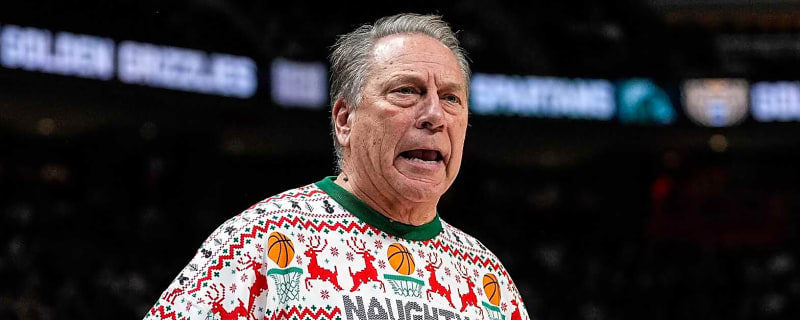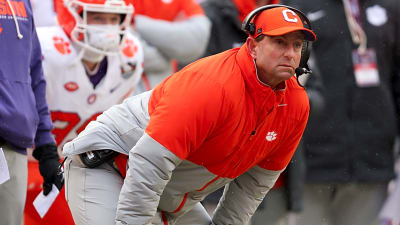- Home
- Quizzes
- My Quiz Activity
- Newsletters
- MY FAVORITES
- Add Sports/Teams
- SPORTS
-
NFL
- NFL Home
- Arizona Cardinals
- Atlanta Falcons
- Baltimore Ravens
- Buffalo Bills
- Carolina Panthers
- Chicago Bears
- Cincinnati Bengals
- Cleveland Browns
- Dallas Cowboys
- Denver Broncos
- Detroit Lions
- Green Bay Packers
- Houston Texans
- Indianapolis Colts
- Jacksonville Jaguars
- Kansas City Chiefs
- Las Vegas Raiders
- Los Angeles Chargers
- Los Angeles Rams
- Miami Dolphins
- Minnesota Vikings
- New England Patriots
- New Orleans Saints
- New York Jets
- New York Giants
- Philadelphia Eagles
- Pittsburgh Steelers
- San Francisco 49ers
- Seattle Seahawks
- Tampa Bay Buccaneers
- Tennessee Titans
- Washington Commanders
-
MLB
- MLB Home
- Athletics
- Arizona Diamondbacks
- Atlanta Braves
- Baltimore Orioles
- Boston Red Sox
- Chicago White Sox
- Chicago Cubs
- Cincinnati Reds
- Cleveland Guardians
- Colorado Rockies
- Detroit Tigers
- Houston Astros
- Kansas City Royals
- Los Angeles Angels
- Los Angeles Dodgers
- Miami Marlins
- Milwaukee Brewers
- Minnesota Twins
- New York Yankees
- New York Mets
- Philadelphia Phillies
- Pittsburgh Pirates
- San Diego Padres
- San Francisco Giants
- Seattle Mariners
- St. Louis Cardinals
- Tampa Bay Rays
- Texas Rangers
- Toronto Blue Jays
- Washington Nationals
-
NBA
- NBA Home
- Atlanta Hawks
- Boston Celtics
- Brooklyn Nets
- Charlotte Hornets
- Chicago Bulls
- Cleveland Cavaliers
- Dallas Mavericks
- Denver Nuggets
- Detroit Pistons
- Golden State Warriors
- Houston Rockets
- Indiana Pacers
- Los Angeles Clippers
- Los Angeles Lakers
- Memphis Grizzlies
- Miami Heat
- Milwaukee Bucks
- Minnesota Timberwolves
- New Orleans Pelicans
- New York Knicks
- Oklahoma City Thunder
- Orlando Magic
- Philadelphia 76ers
- Phoenix Suns
- Portland Trail Blazers
- Sacramento Kings
- San Antonio Spurs
- Toronto Raptors
- Utah Jazz
- Washington Wizards
-
NHL
- NHL Home
- Anaheim Ducks
- Boston Bruins
- Buffalo Sabres
- Calgary Flames
- Carolina Hurricanes
- Chicago Blackhawks
- Colorado Avalanche
- Columbus Blue Jackets
- Dallas Stars
- Detroit Red Wings
- Edmonton Oilers
- Florida Panthers
- Los Angeles Kings
- Minnesota Wild
- Montreal Canadiens
- Nashville Predators
- New Jersey Devils
- New York Islanders
- New York Rangers
- Ottawa Senators
- Philadelphia Flyers
- Pittsburgh Penguins
- San Jose Sharks
- Seattle Kraken
- St. Louis Blues
- Tampa Bay Lightning
- Toronto Maple Leafs
- Utah Mammoth
- Vancouver Canucks
- Vegas Golden Knights
- Washington Capitals
- Winnipeg Jets
- NCAAF
- NCAAM
- Olympics
- Boxing
- Entertainment
- Lifestyle
- Golf
- MMA
- Soccer
- Tennis
- Wrestling
- Sports Betting
- More Sports
- RESOURCES
- My Account
- YB on Facebook
- YB on Twitter
- YB on Flipboard
- Contact Us
- Privacy Policy
- Terms of Service
Jaylen Brown ties longstanding Larry Bird record with Celtics
The Boston Celtics dropped a tough 114-108 decision to the Portland Trail Blazers on Sunday, but you can not blame Jaylen Brown for that result. Brown finished with 37 points and recorded his ninth consecutive 30-point game.

Bucks' Giannis Antetokounmpo makes last ditch 'wake-up call' attempt amid trade rumors
Antetokounmpo is tried to spice things up for the Bucks.

JJ Redick admits LeBron James is a problem for the Lakers
The Los Angeles Lakers have gone 8-5 since LeBron James made his season debut.
Giannis Antetokounmpo’s showboat move in final seconds sparks Bulls-Bucks scuffle
The Chicago Bulls did not take kindly to Giannis Antetokounmpo’s dunk in the closing seconds of a Milwaukee Bucks win. The Bucks led the Bulls 110-103 with just seconds remaining on the clock as Antetokounmpo got the ball across the halfcourt line at the United Center in Chicago, Ill.

The 'NBA Christmas Day 40-point games' quiz
In NBA history, a player has scored 40 or more points on Christmas Day on 30 occasions. How many of those can you name in five minutes?
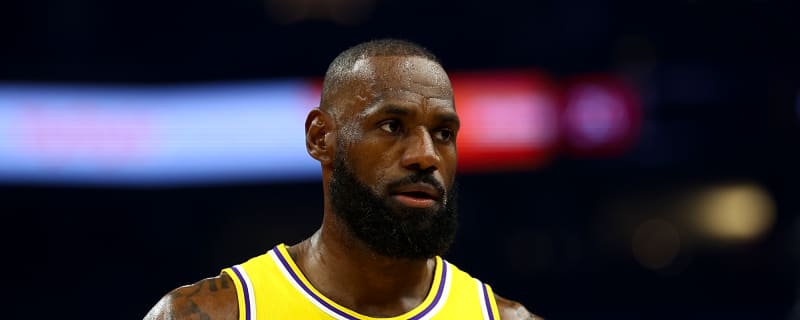
Dwyane Wade makes concerning claims about LeBron James
Lakers fans won't love Wade's assessment of LeBron's mentality at this stage of his career.
Which NBA teams have the best Christmas Day records?
Christmas and the NBA go hand-in-hand. The day serves for the top hoops league in the world, like Thanksgiving for the NFL. However, while the Detroit Lions and Dallas Cowboys are perpetual Thanksgiving participants, the NBA has mixed up the matchups and the teams throughout the years.
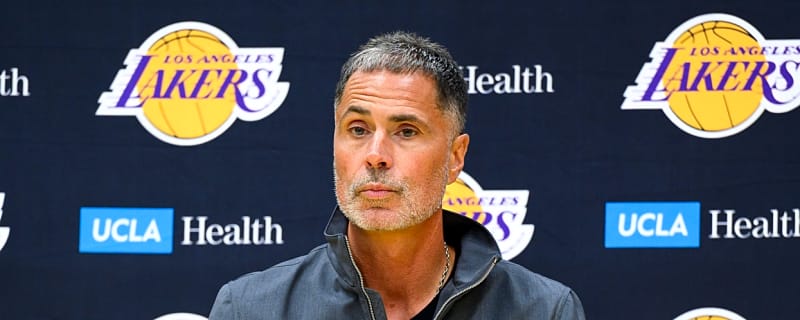
Rob Pelinka’s Lakers cannot be what JJ Redick wants them to be
Redick has expressed frustrations at his team's shortcomings this season, but it's Pelinka who should be taking the heat.

Pelicans' Jose Alvarado, Suns' Mark Williams get ejected after throwing punches
Jose Alvarado went after a much larger man during Saturday’s game.

Lakers have 'recalibration and reconnection' meeting after having effort called out
Even though the Los Angeles Lakers still have the fourth-best record in the Western Conference, things are not going smoothly at the moment.

Hawks 'intrigued' by possibility of acquiring Mavericks' Anthony Davis
The Hawks remain “very intrigued” by the possibility of acquiring Mavericks big man Anthony Davis in a trade.

Knicks' Tyler Kolek is the second coming of 'Linsanity'
Jeremy Lin has been flattened by time into a highlight reel and the "Linsanity" catchphrase, but the myth omits the context that made it happen. Jeremy Lin didn't emerge in a vacuum.

Celtics' Jaylen Brown on a level with Larry Bird after latest performance
Jaylen Brown knew he was going to have to carry the Boston Celtics if they were going to contend during the 2025-26 season.

Lakers get brutal injury news on guard Austin Reaves
Austin Reaves might not be back in action again until close to the All-Star break.
Tom Izzo criticizes absurd system that allowed Baylor to add former NBA Draft pick James Nnaji: 'Shame on the NCAA, shame on the coaches'
Izzo is very much a traditionalist, and unsurprisingly, he was staunchly opposed to the move.

JJ Redick sends serious message to Lakers in brutal rant
The retired sharpshooter put his players on blast.

Mavericks star Anthony Davis' latest injury continues troubling trend for Dallas
Anthony Davis has still been unable to shake a curse of sorts ever since he arrived in Dallas.
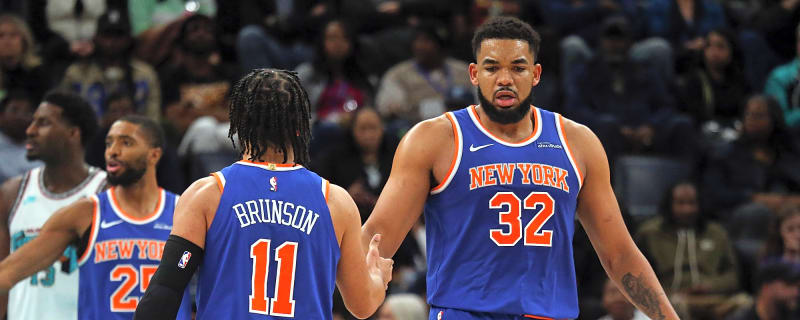
Five predictions for the remainder of 2025-26 NBA season
As the NBA calendar flips to 2026, the league enters a new year with new possibilities. With that in mind, here are five predictions that will shape how this season is remembered.
Indiana Pacers release former Golden State Warriors draft bust James Wiseman
The Pacers have released center James Wiseman.

Toronto Raptors forward RJ Barrett considered day-to-day after full-contact work
Raptors wing RJ Barrett has missed extended time due to a right knee sprain, but he’s inching closer to a return.

The 'NBA Christmas Day triple-doubles' quiz
How many of the players with a triple-double in an NBA Christmas Day game can you name in five minutes?

Sacramento Kings forward Keegan Murray diagnosed with calf strain
Kings forward Keegan Murray has been diagnosed with a mild right calf strain.
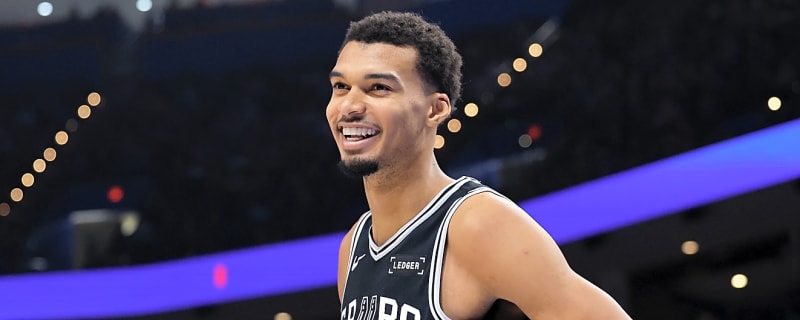
Victor Wembanyama admits Spurs cracked the code to beat Thunder
The Oklahoma City Thunder have lost five games this season. Three of those games have been against Victor Wembanyama and the San Antonio Spurs.

Nikola Jokic delivers in late-night Christmas win over Timberwolves
Jokic put up a 56-point triple-double in a 142-138 Denver Nuggets victory over the Minnesota Timberwolves that ended just before midnight Christmas night.

Steph Curry salutes Cooper Flagg's historic Christmas Day performance
One legend who knows something about performing on Christmas Day heaped some praise on a rookie who experienced the NBA's premier regular season stage.

Spurs stake claim as NBA's best with Christmas Day win over Thunder
The San Antonio Spurs have become a serious problem. Especially for the Oklahoma City Thunder.

Knicks get a Christmas miracle in form of comeback win over Cavaliers
With their Christmas Day tilt in the rearview mirror, the Knicks and Cavaliers are on different trajectories.
Breaking News
Trending News
My Favorites
Customize Your Newsletter
 +
+
Get the latest news and rumors, customized to your favorite sports and teams. Emailed daily. Always free!
PRIVACY POLICY EDITORIAL POLICY CONTACT US
ABOUT YARDBARKER TERMS OF SERVICE
Use of this website (including any and all parts and
components) constitutes your acceptance of these
Terms of Service and Privacy Policy.
This site is for entertainment purposes only.
There is no gambling offered on this site.
Gambling Problem? Call 1-800-Gambler.
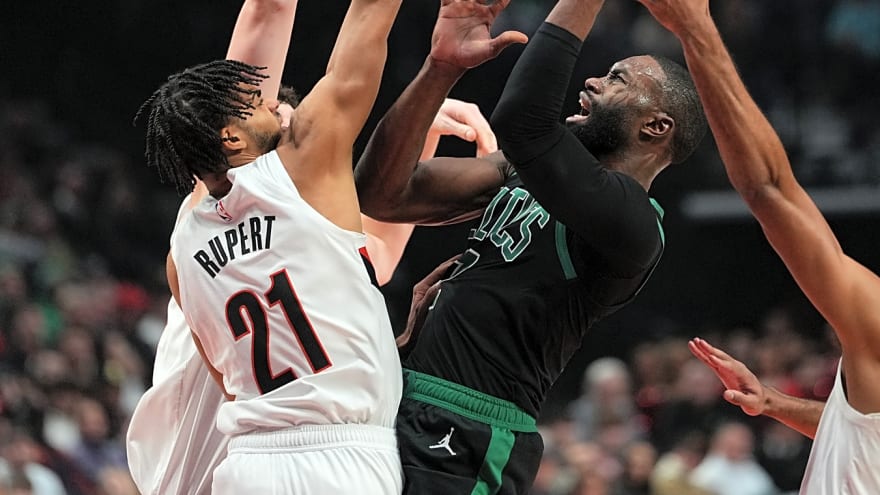
 Free Newsletters
Free Newsletters

